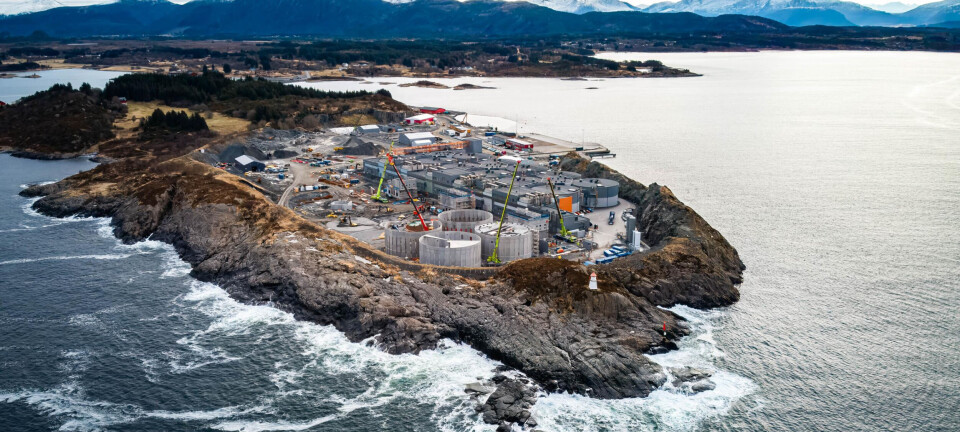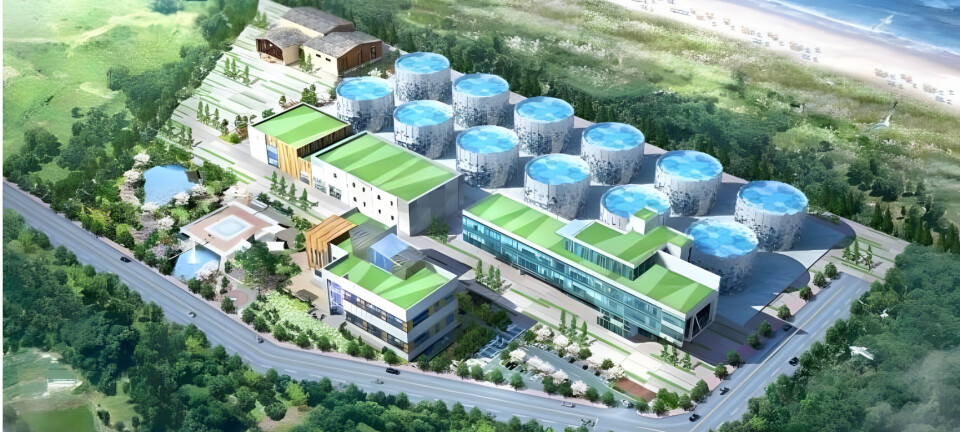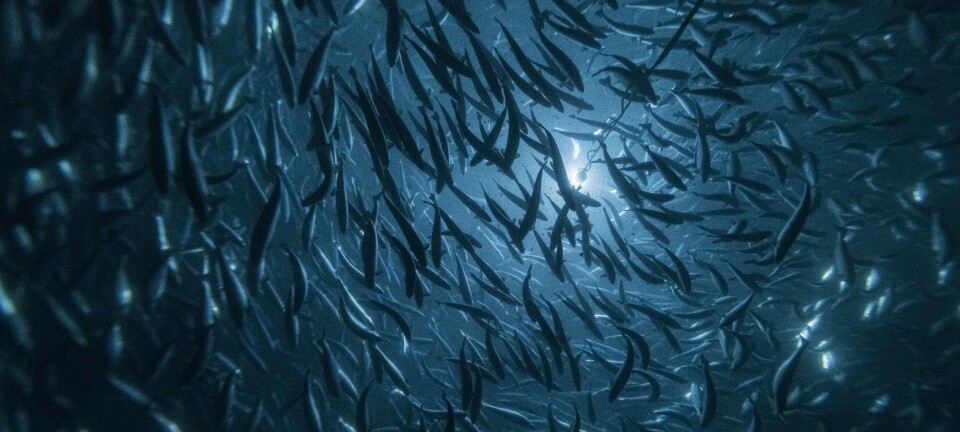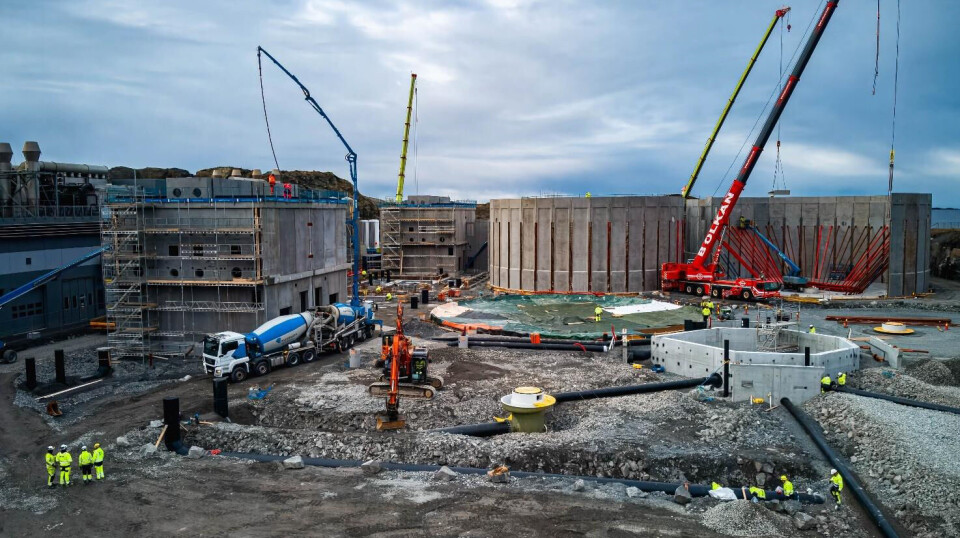
How this land-based fish farmer will get more from its second phase
Large smolts aren't just for sea farms. They're a capital-efficient way to utilise tank space on land, says Salmon Evolution.
Phase 2 is expected to add 10,100 tonnes (head on gutted) in annual harvest capacity, increasing Salmon Evolution's total production capacity from 7,900 tonnes to approximately 18,000 tonnes HOG.
The additional 2,200 tonnes beyond the original plan is achieved by including pre-grow-out tanks, which provide a highly capital-efficient way to scale production using existing infrastructure.
Larger smolts
In the new production system, the stocking weight in the grow-out department is increased from ~130 grams to ~400 grams, while the target harvest weight is reduced to around 5.2 kg live weight.
Combined, this results in the production cycle being reduced from approximately 11 months to 8–9 months, making it possible to increase the number of smolt stockings from 6 to 8 per year per phase.
"This provides better utilisation of the grow-out facility. Generally, this is considered a more conservative production plan, with lower average harvest weight and lower maximum density throughout the production cycle. It also contributes to reduced operational risk through increased robustness and greater flexibility in operations," the company says in connection with its Q1 2025 reporting.
Who does what?
The Phase 2 project is divided between Artec Aqua, which is responsible for the design, construction and commissioning of the process plant, and HENT, which is responsible for construction works and civil infrastructure, in addition to the company's own deliveries.
"The project builds on important lessons learned from Phase 1, and has an estimated total investment cost of up to NOK 2.5 billion (£182 million), including uncertainty margins, buffers and the extra vessels," the company says.
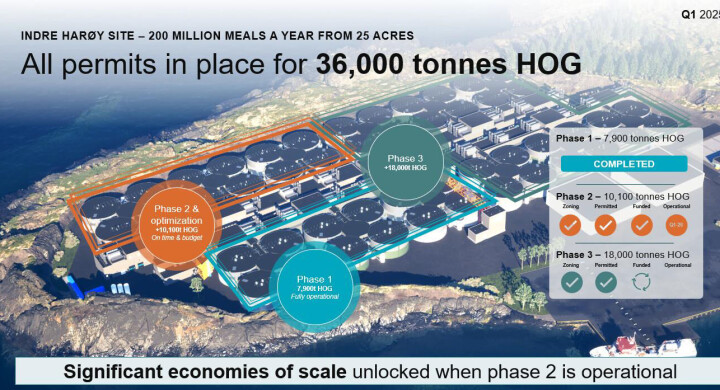
Project status – Indre Harøy Phase 2
According to Salmon Evolution, the project is on track both in terms of progress and budget, with the goal of first smolt stocking in Q1 2026 and first harvest in Q4 2026, as planned. In parallel, Salmon Evolution is working on planning and designing the additional pre-grow-out tanks, with expected completion in line with the Phase 2 facility.
At the end of the quarter, the concrete work for the first four tanks was completed, and according to Salmon Evolution, installation of process equipment will begin soon.
Underground piping and concrete works were largely completed during the quarter, including the concrete structure of the intake station. The upper section of the intake line was also installed, and blasting for this will continue in April.
"Activity at the construction site is expected to gradually increase throughout the summer, and there are now around 130-140 workers on site. At the end of the first quarter of 2025, accumulated investments in the project amounted to NOK 653m, of which NOK 247m was invested during the quarter."
How can the smolt requirement be met?
Salmon Evolution is also developing a plan to meet smolt needs for Phase 2 and beyond.
"One of the benefits of the new grow-out programme is better utilisation of the smolt facility in Dale. In addition, the company is considering several options to increase smolt capacity, including temporary external delivery, expansion options at existing facilities, and other solutions," it says.
